Lisbon's Melodies: Landmarks & Fado
Join our free walking tour as we explore Lisbon's iconic landmarks, enriched by the soulful sounds of Portuguese guitar and the spirit of Fado music.
Time
3 Hours
Stops
9 Places
Distance
2.7 km
Praça do Comércio
Begin your journey at Praça do Comércio, a grand waterfront plaza that has been the city's main square for centuries, offering stunning views of the Tagus River.
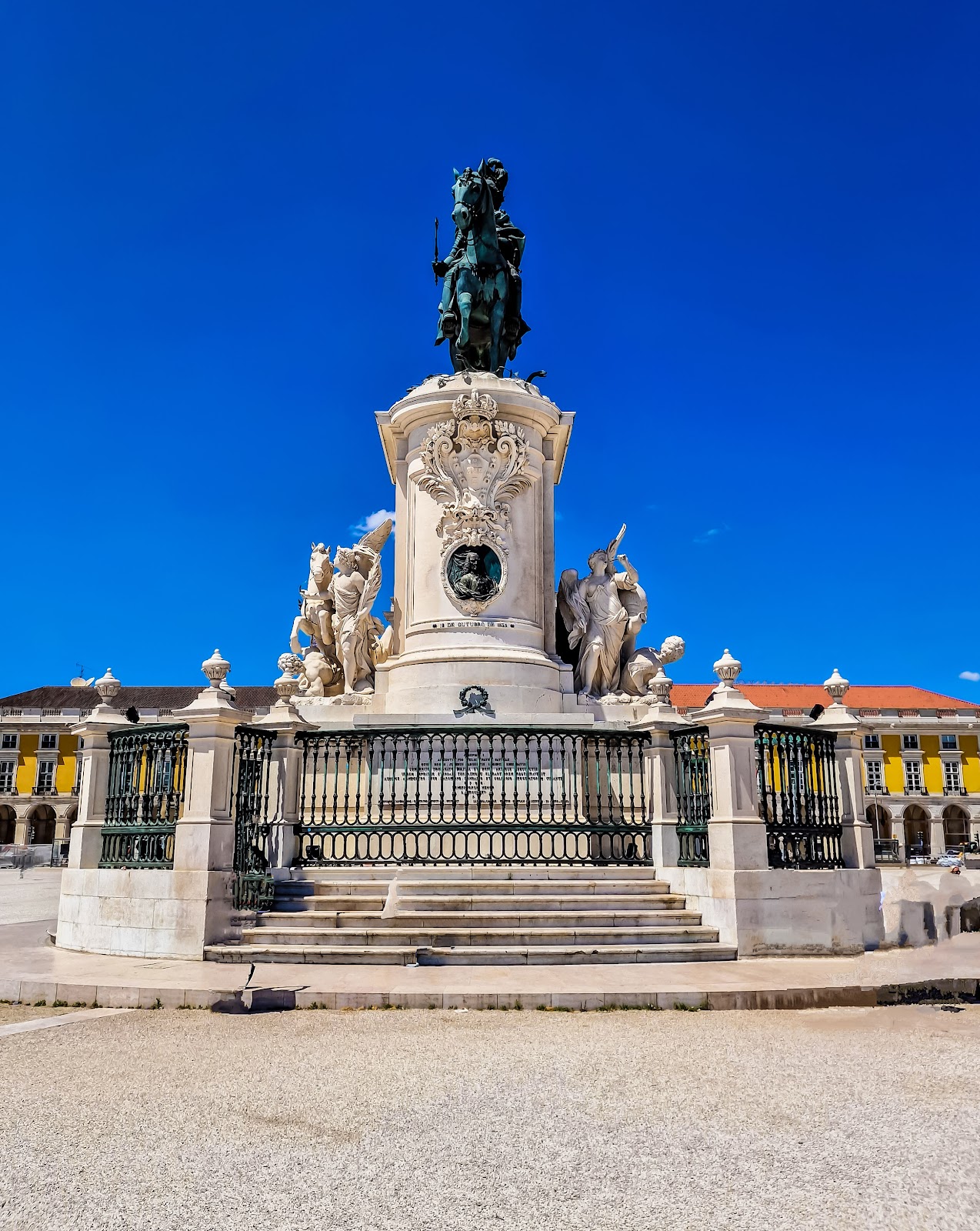
Praça do Comércio (Source: Google Maps)
Praça do Comércio, also known as Terreiro do Paço, is a majestic square located by the Tagus River, symbolizing the city's maritime heritage. Historically, it was the site of the Royal Palace before the 1755 earthquake destroyed it. The square is framed by impressive yellow buildings, with the iconic Arco da Rua Augusta at its northern end, which offers a stunning entry into the Baixa district. The plaza has been a hub of commerce and social gatherings for centuries, featuring beautiful views of the river and the 25 de Abril Bridge. Its significance as a cultural and historical landmark makes it a must-visit destination in Lisbon.
Rua Augusta Arch
Just a short walk through the square, admire the Rua Augusta Arch, a triumphal arch that marks the entrance to the Baixa district, providing panoramic views from the top.
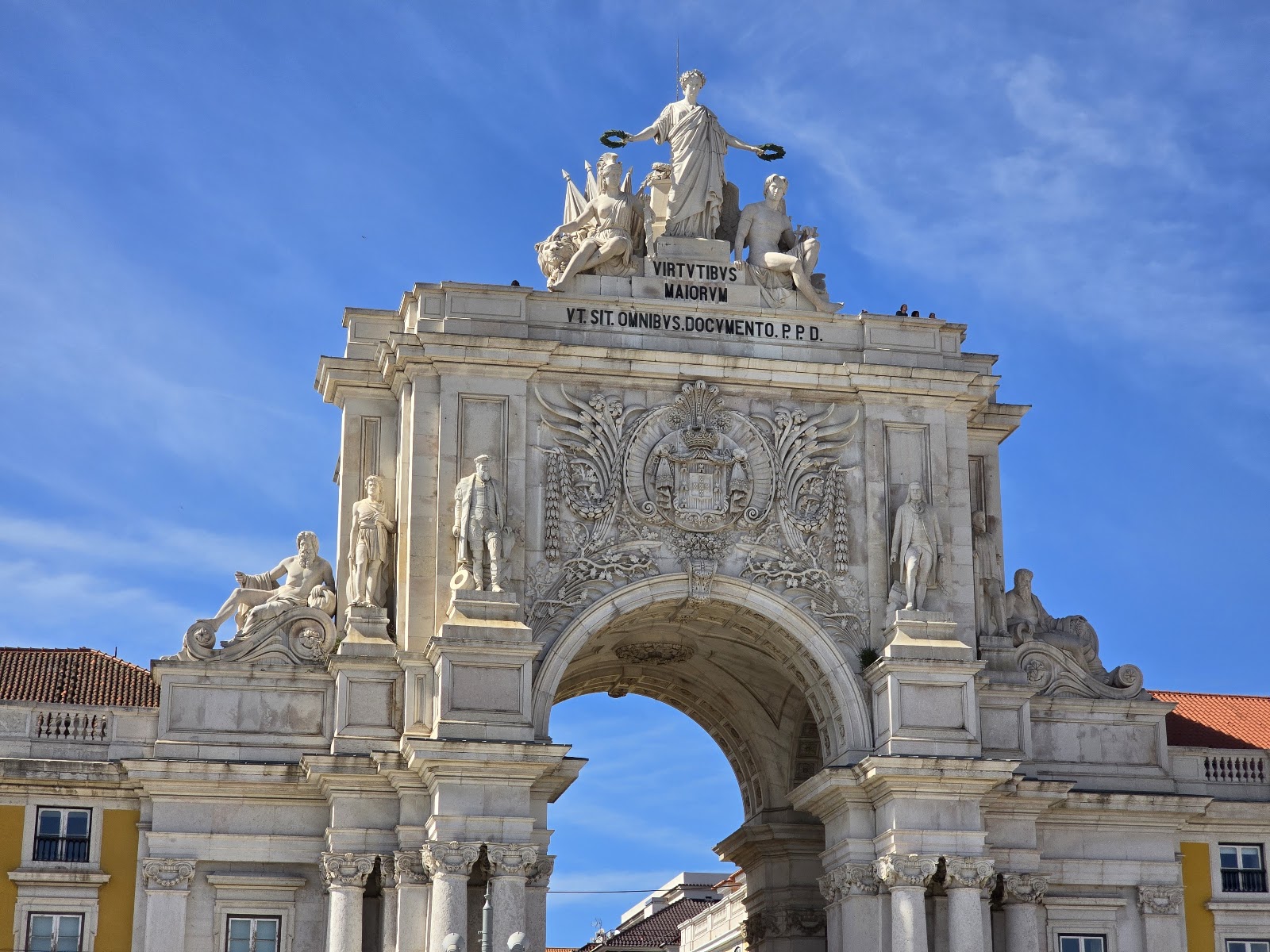
Rua Augusta Arch (Source: Google Maps)
The Rua Augusta Arch, or Arco da Rua Augusta, stands as a magnificent triumphal arch that marks the entrance to the vibrant Baixa district. Completed in 1875, the arch was designed to celebrate the city's reconstruction after the devastating 1755 earthquake. Its neoclassical architecture features intricate sculptures and allegorical figures, symbolizing the glory of the city. Visitors can climb to the top for panoramic views of Lisbon, including the bustling streets below and the picturesque Tagus River. The arch serves as a reminder of Lisbon's resilience and architectural beauty, making it a focal point for both locals and tourists.
Fado Museum
Delve into the history of Fado music at the Fado Museum, where you can learn about this soulful Portuguese genre and its cultural significance.
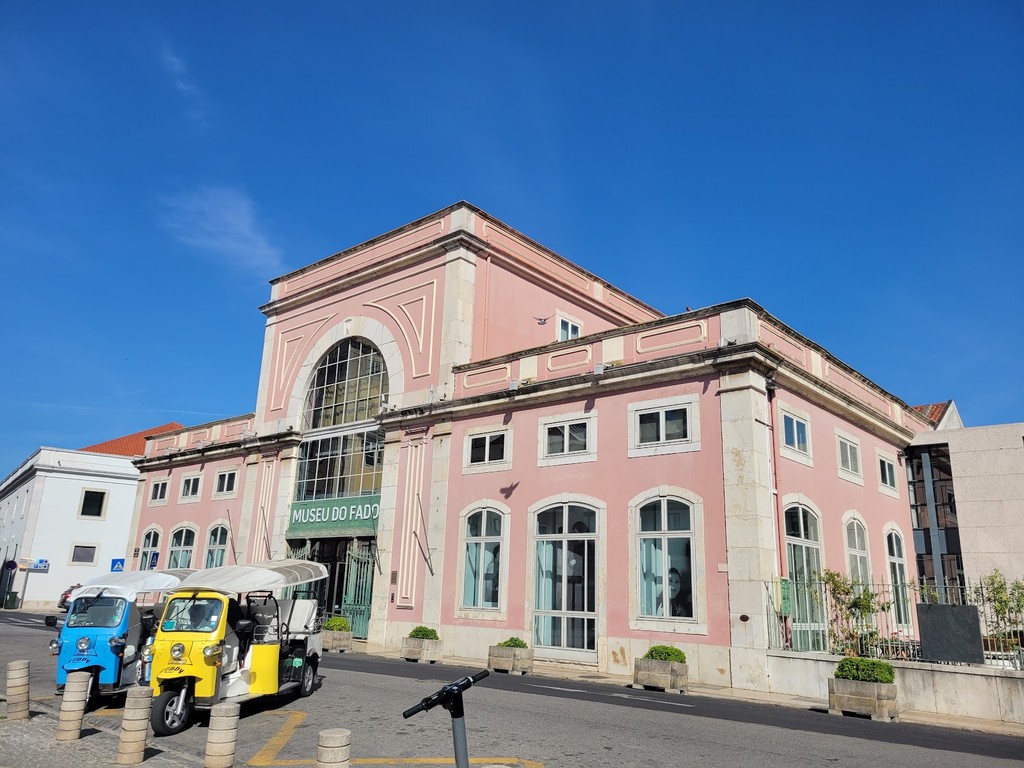
Fado Museum (Source: Google Maps)
The Fado Museum, located in the heart of Lisbon, is dedicated to preserving the rich history of Fado music, a genre that embodies the soul of Portuguese culture. Opened in 2007, the museum showcases the evolution of Fado through various exhibits, including photographs, instruments, and memorabilia from renowned Fado artists. Visitors can immerse themselves in the emotional depth of this music, which often reflects themes of longing and nostalgia. The museum also hosts live performances, allowing guests to experience the haunting melodies of the Portuguese guitar firsthand. As a cultural treasure, the Fado Museum highlights the significance of this art form in Lisbon's identity.
Casa de Linhares
Enjoy a break at Casa de Linhares, a renowned Fado house where you can listen to authentic Fado music accompanied by the soulful sounds of the Portuguese guitar.
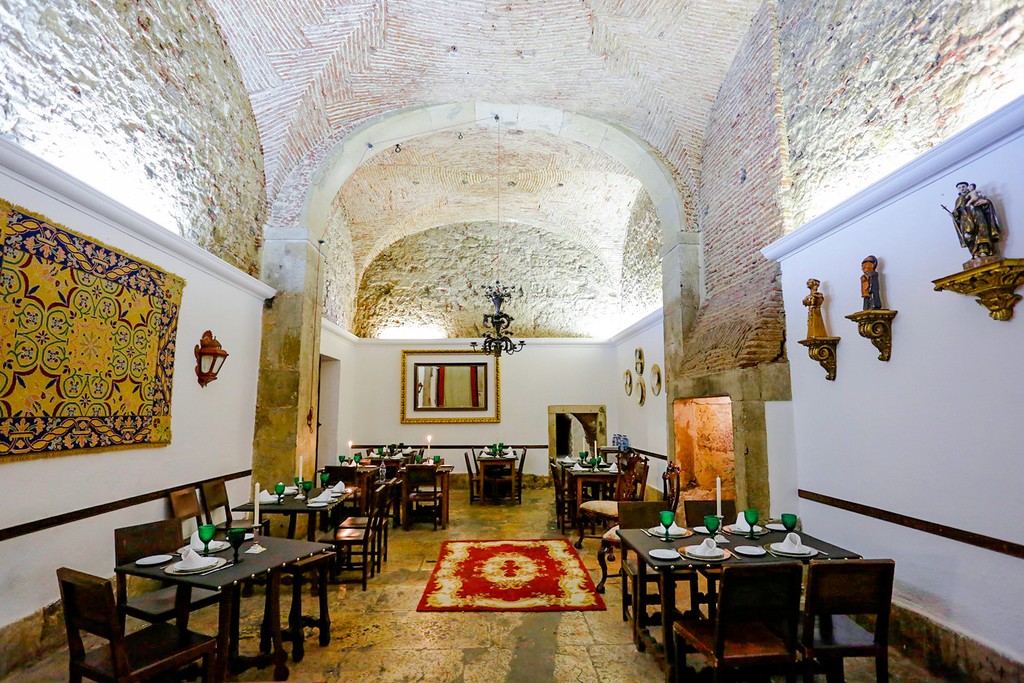
Casa de Linhares (Source: Google Maps)
Lisbon Cathedral (Sé de Lisboa)
Stroll towards the Lisbon Cathedral, the oldest church in the city, showcasing Romanesque and Gothic architecture.
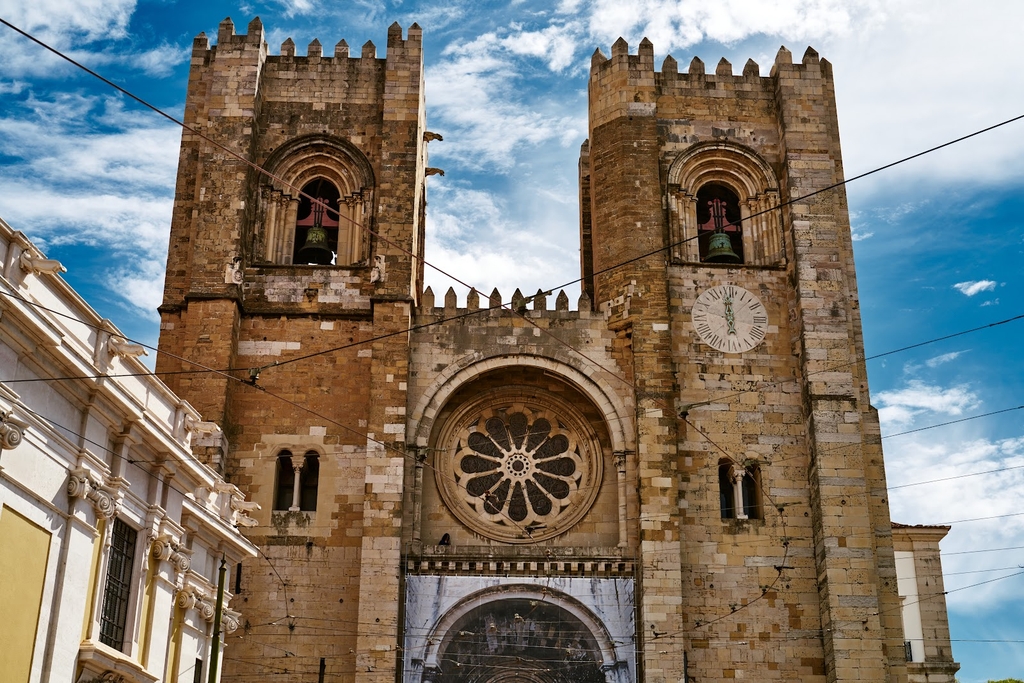
Lisbon Cathedral (Sé de Lisboa) (Source: Google Maps)
Lisbon Cathedral, or Sé de Lisboa, is the oldest church in the city, dating back to the 12th century. Built in a Romanesque style, the cathedral features stunning Gothic and Baroque elements, showcasing the architectural evolution over the centuries. Its impressive façade, with two towering bell towers, welcomes visitors to explore its rich history. Inside, the cathedral houses beautiful chapels, intricate altarpieces, and the remains of several notable figures. The cathedral's location in the Alfama district adds to its charm, as it overlooks the winding streets of one of Lisbon's oldest neighborhoods. As a symbol of Lisbon's faith and resilience, the cathedral is an essential stop for anyone exploring the city.
São Jorge Castle
Continue your journey to São Jorge Castle, a Moorish castle perched on a hilltop, providing a glimpse into Lisbon's history and breathtaking views of the city.
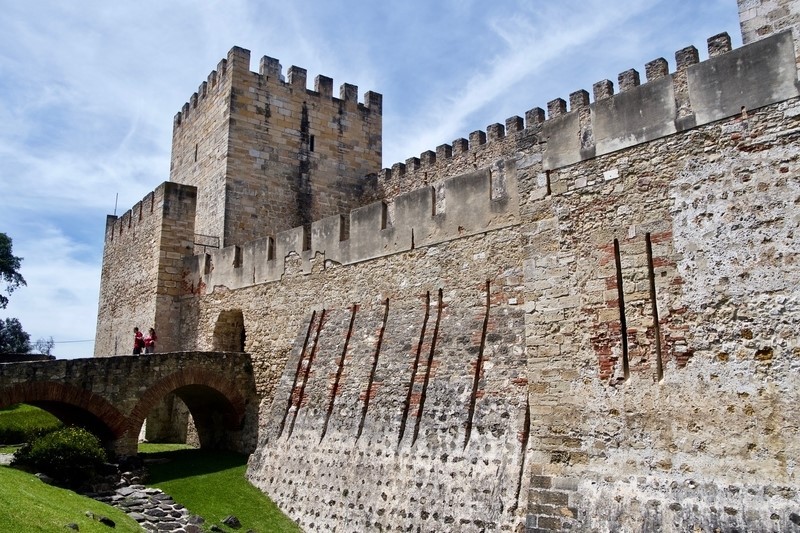
São Jorge Castle (Source: Google Maps)
São Jorge Castle, perched atop a hill, offers a glimpse into Lisbon's storied past. Originally built by the Moors in the 11th century, the castle has undergone numerous restorations and expansions. Its robust walls and towers provide insight into medieval military architecture. The castle's strategic location offers breathtaking views of the city and the Tagus River, making it a popular spot for both history enthusiasts and tourists. Inside, visitors can explore the castle grounds, which include archaeological sites and the castle's museum, showcasing artifacts from different eras. São Jorge Castle stands as a testament to Lisbon's rich history and cultural heritage.
Miradouro de Santa Luzia
Head to the Miradouro de Santa Luzia, a picturesque viewpoint offering stunning views of Lisbon's rooftops and the Tagus River.
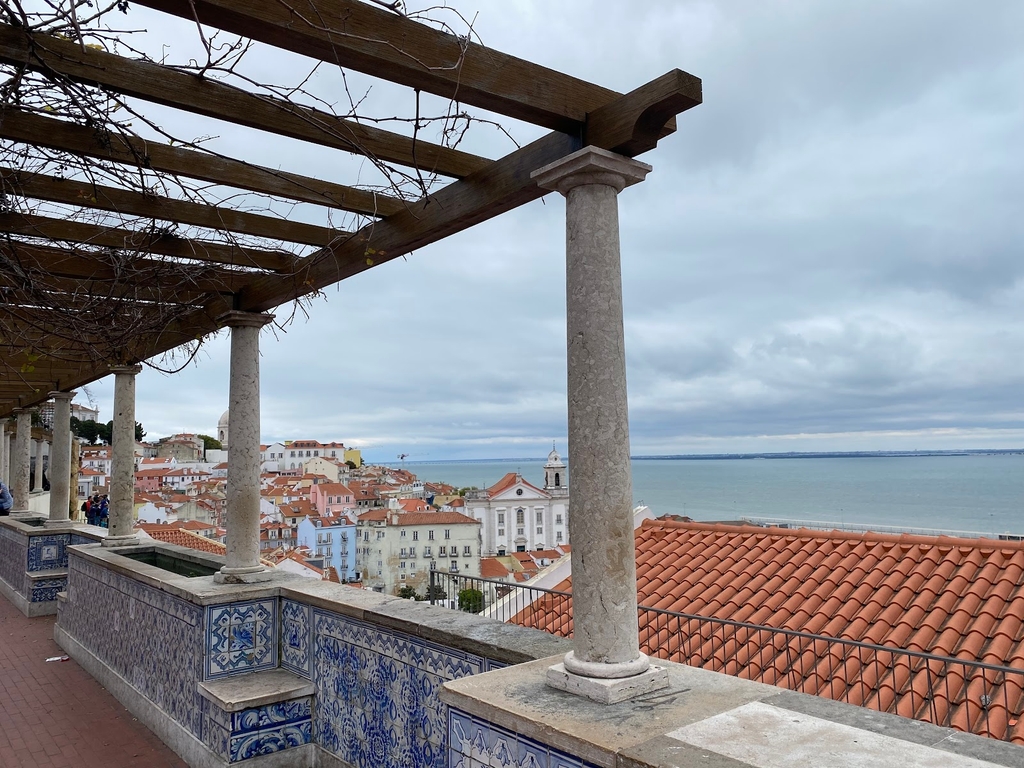
Miradouro de Santa Luzia (Source: Google Maps)
Miradouro de Santa Luzia is a picturesque viewpoint that offers stunning panoramic views of Lisbon's rooftops and the Tagus River. Located in the Alfama district, this charming terrace is adorned with beautiful azulejos (traditional Portuguese tiles) and lush gardens, making it a perfect spot for relaxation. The viewpoint is named after the nearby Church of Santa Luzia, which adds to the area's historical significance. Visitors can enjoy the vibrant atmosphere, often accompanied by the soulful sounds of Fado music echoing through the streets. As a beloved gathering place for locals and tourists alike, the Miradouro de Santa Luzia captures the essence of Lisbon's beauty.
Alfama District
Wander through the Alfama District, the oldest neighborhood in Lisbon, known for its narrow streets, charming atmosphere, and traditional Fado music.
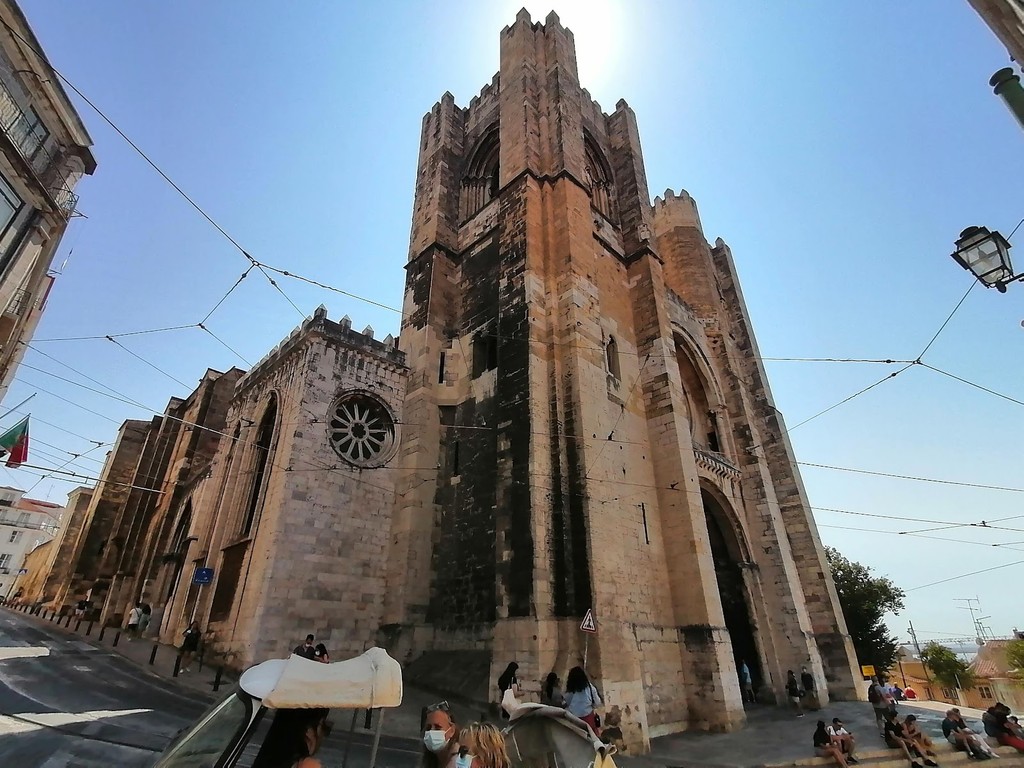
Alfama District (Source: Google Maps)
The Alfama District is the oldest neighborhood in Lisbon, characterized by its narrow, winding streets and vibrant atmosphere. This historic area is known for its traditional Fado music, which resonates through the alleyways and cozy taverns. The architecture reflects a blend of Moorish influences and Portuguese styles, with colorful houses and stunning viewpoints. As visitors wander through Alfama, they can discover hidden gems, such as local shops, cafes, and historical landmarks. The district's rich history, dating back to the medieval period, is palpable in its ambiance. Alfama is a living testament to Lisbon's cultural heritage, making it a must-explore area for anyone visiting the city.
Portas do Sol
Conclude your tour at Portas do Sol, another beautiful viewpoint where you can relax and take in the stunning vistas of the Alfama district and beyond.
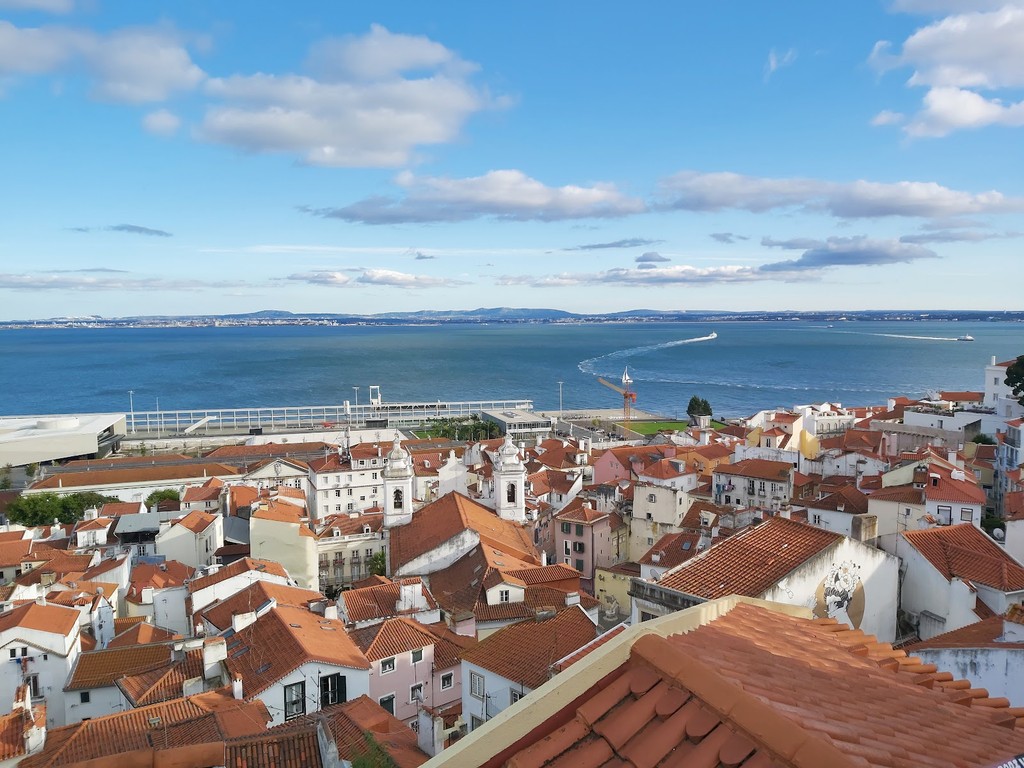
Portas do Sol (Source: Google Maps)
Portas do Sol is another captivating viewpoint that offers breathtaking vistas of the Alfama district and beyond. Perched on a hill, this scenic spot is ideal for watching the sunset over the Tagus River. The viewpoint is surrounded by beautifully landscaped gardens and charming cafes, providing a serene atmosphere. Historically, Portas do Sol was an important defensive gate in the city's walls, and today it serves as a gathering place for both locals and tourists. Visitors can relax and take in the stunning scenery while enjoying the sounds of Fado music that often fills the air. As a celebrated viewpoint, Portas do Sol captures the essence of Lisbon's charm.

Your travels, your rules.
Create your own Free Walking Tours.
Set your preferences, distances and anything you want to do or see.
Completely free, no payment required.